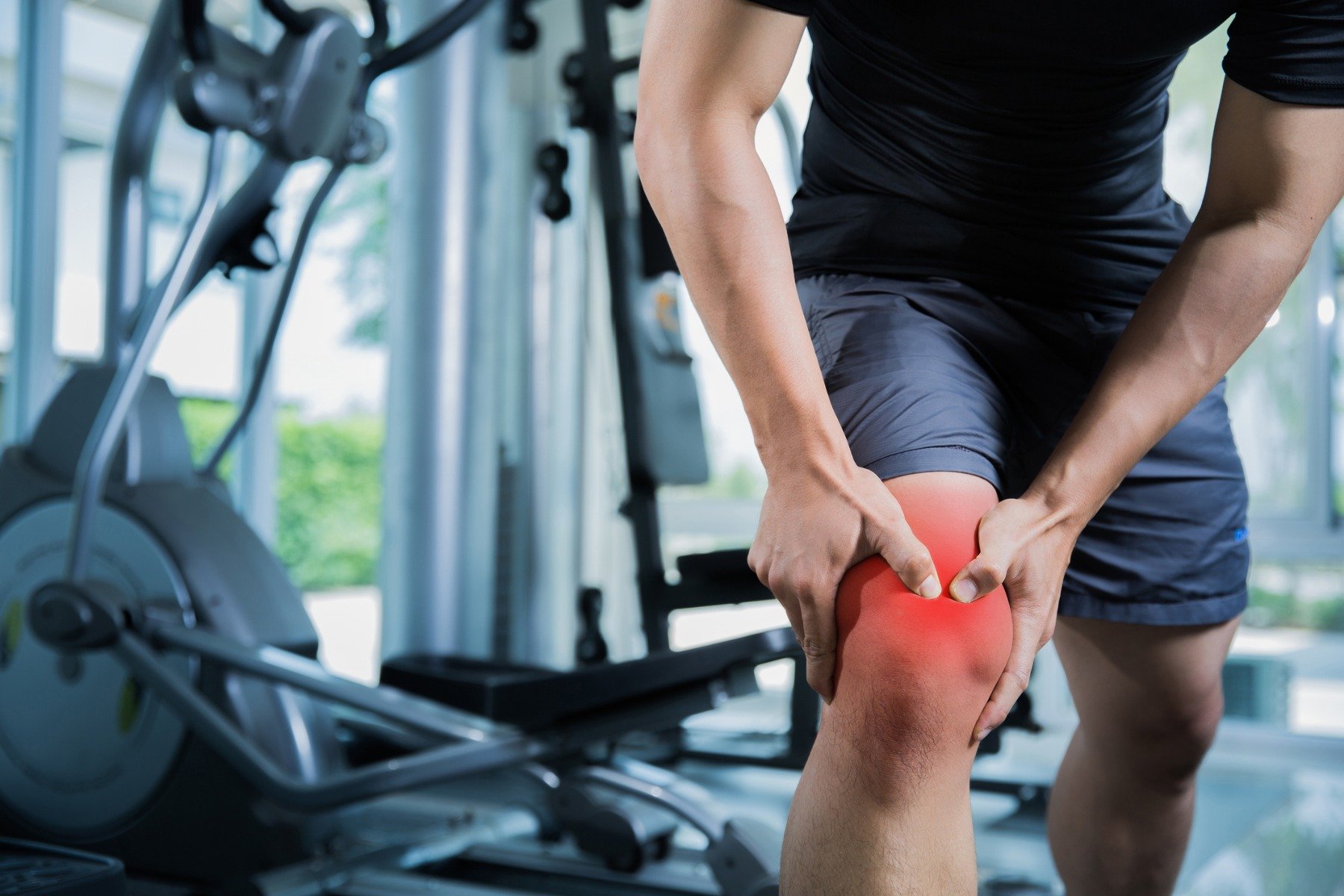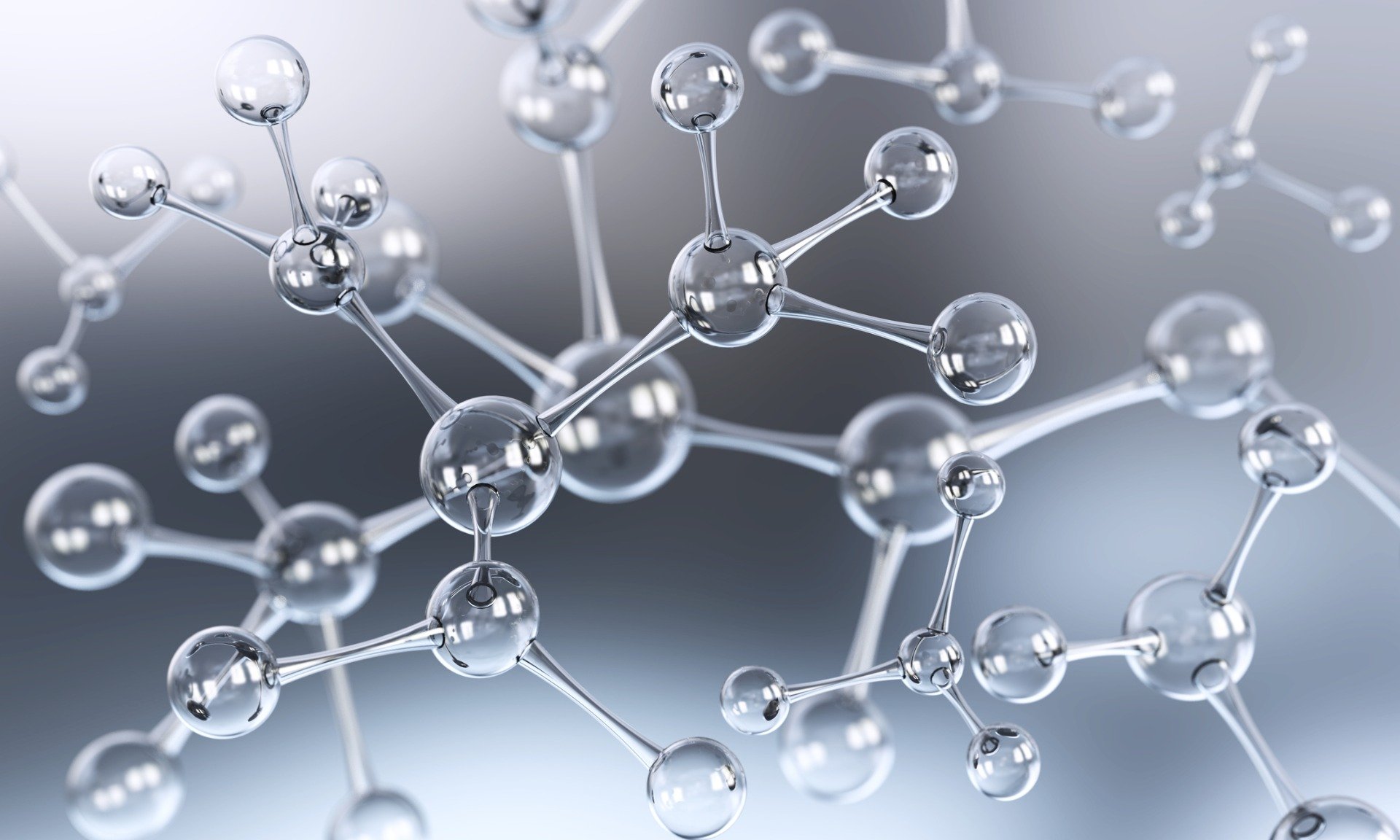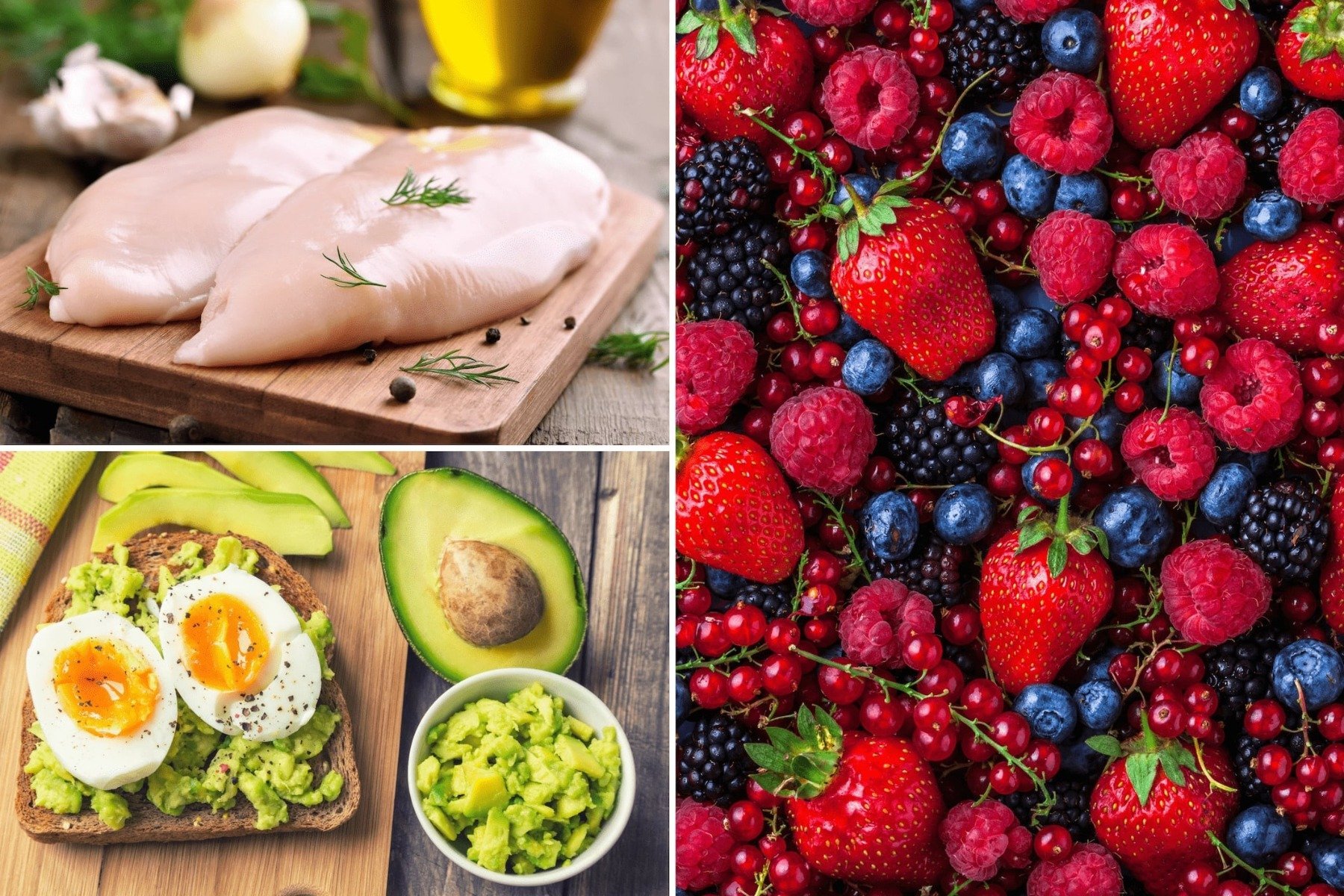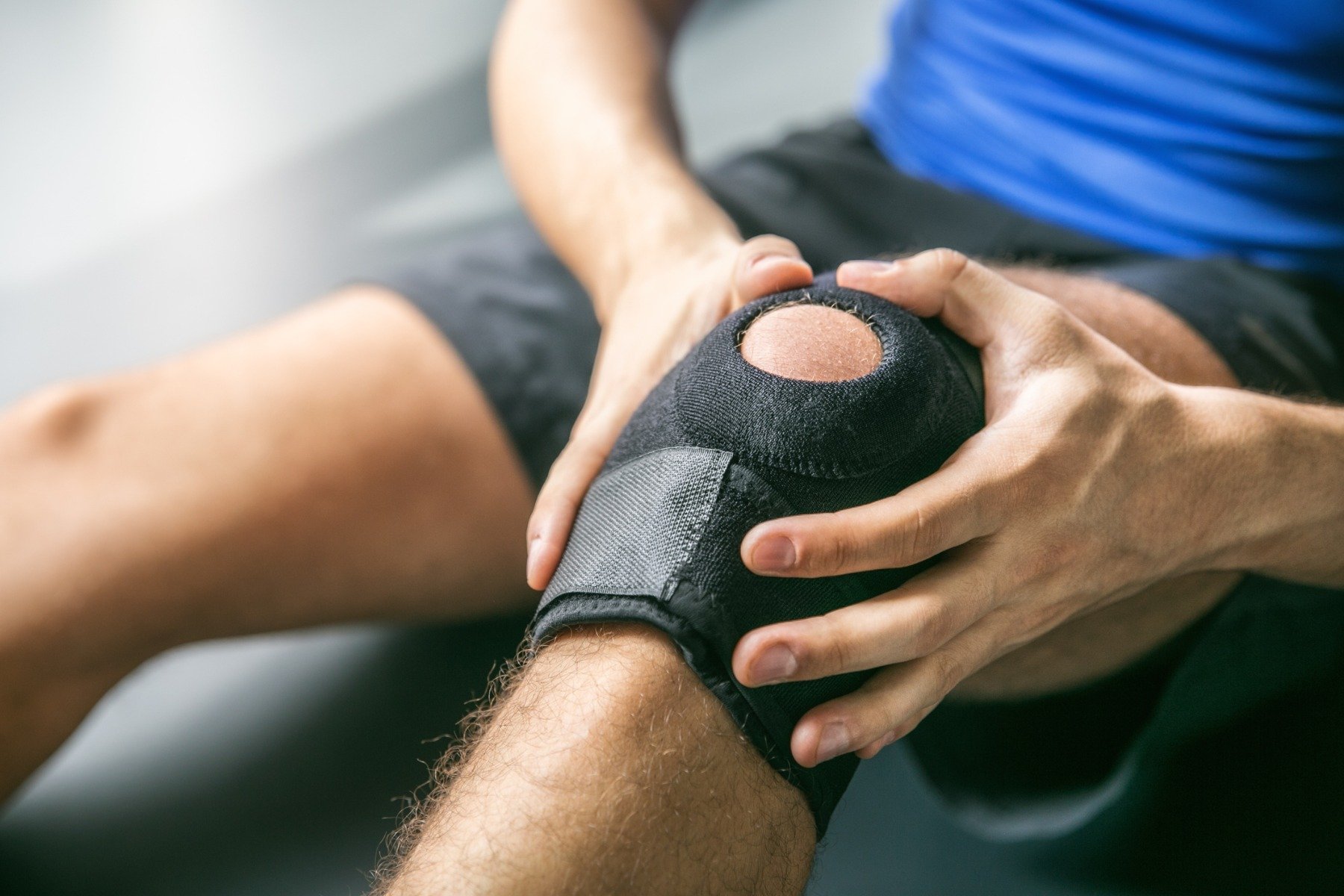COLLAGEN IN PROTEIN SUPPLEMENTS: HOW IS IT OWN?
Collagen is an insoluble protein that accounts for up to one-third of the total protein in the human body. It is found in several tissues of the body, such as bones, tendons and ligaments, and is a major component of connective and extracellular tissue. To sum it up, it is the most abundant protein not only in humans, but in the animal kingdom as a whole.
However, this is not the only uniqueness of this protein - it is the oldest discovered protein. It was found in the soft tissue of the fossilized bone of the Tyrannosaurus Rex, which was up to 68 million years old. Of course, collagen is not just one universal and there are several types of collagen.

Types of collagen
Like other proteins, collagen consists of amino acids. Collagen is interesting in that the triple helix structure of its molecule arises from the unusual abundance of glycine, proline and hydroxyproline. Modern science has identified up to 28 types of collagen in vertebrates, but types I, II and III in the body represent up to 80-90%.
There are several types of collagen and although their structures are different, their purpose is the same - to help tissues manage their "stretching". Different types of collagen occur in different "parts" of the human, so it is not harmful to imagine the site of action of at least sites I, II and II. type:
Type I - skin, bones, tendons, ligaments, dentin, interstitial tissues
II. type - cartilage, glassy humor
III. type - skin, muscles, blood vessels

Collagen and its deficiency
Let's start with the "bad" news and then we'll just make it better. The natural loss of collagen affects us all, because its production decreases with age. On the other hand, with our lifestyle we can still "help" it. Our body makes collagen on its own, but its production in the skin decreases by about 1% every year. If you think that this process begins in the 70s or 50s, we will probably surprise you, because the loss of creation occurs after the 20s.

As we have already mentioned, in addition to the natural reduction of collagen content, we also contribute to its loss by lifestyle. Negative factors include:
Increased carbohydrate intake - sugar has a negative effect on collagen and its ability to repair.
Smoking - has a negative effect due to the nicotine content, but also the content of other chemicals.
Increased exposure to sunlight - not so much the sun as ultraviolet radiation causes collagen to break down.
Autoimmune diseases - certain immune disorders can cause our immune system, more specifically antibodies, to "focus" on collagen.
Sources of collagen
Collagen is produced naturally in the body, but its level can be increased in the form of diet and nutritional supplements. By consuming certain foods, you get important nutrients that are important for collagen, including vitamin C, vitamin A, copper or proline. Vitamin A is found in animal products, but also in the form of beta cationene in plant sources. Vitamin C is present in a wide range of vegetables and fruits, such as citrus, pepper or strawberries. Proline can be found in meat, cheese or egg whites. Copper is also important, which you supplement with the consumption of red meat or shellfish.

Are you looking for a practical and concentrated source of collagen? In addition to broth, meat, eggs or fruits and vegetables, you can also increase collagen levels by taking supplements. You can find them on the market, for example, as beauty drinks for women, or separately in the form of hydrolyzed collagen, sea collagen capsules, complex joint nutrition, RTD drink or shots.
Benefits of using collagen
It helps with joint pain - collagen is one of the dominant components of connective tissues and the importance of its supplementation has also been proven by research. According to research from 2012, collagen supplementation is important for athletes in reducing pain and other parameters that limit athletic performance. In addition, there are studies with positive results in osteoarthritis and osteoporosis. According to research from 2006 (Bello, Oesser) and 2016 (Porfírio, Fanaro), collagen has the potential to improve these conditions. A daily intake of collagen at the level of 12 g showed a significant improvement in the symptoms of osteoporosis and osteoarthritis.

It supports the health of the skin - in addition to the joints, it is also important for the skin, and its beneficial effects are also confirmed by the results of scientific studies. One example is a study from 2013 (Proksch, Schunck, Zague, Segger), which points to a positive effect of collagen supplementation to reduce wrinkles.
It helps build muscle mass - its use is also important for older people with sarcopenia (a disease associated with muscle reduction). This is evidenced by a study that looked at 53 elderly men with the disease. In the end, it was found that the use of collagen had a positive effect on strength and muscle growth.
Other benefits of collagen - Scientific studies have shown several other benefits of collagen for the human body. It is beneficial in inflammatory diseases of the digestive tract, prevention of stretch marks and cellulite, support of healthy nails and weight control.
Amino acid content in collagen and protein
What is amino spiking?
The amino acid content of the protein is also associated with the term "amino spiking", which in a way is related to this topic. If you haven't heard of it yet, you'll probably be surprised and maybe start watching the product composition more closely. So-called amino spiking is a method of increasing the protein content of protein supplements. This is probably due to competition between companies and rising protein prices. But what is it about?
Amino spiking is a method in which cheaper amino acids, such as glycine and taurine, are added to a protein. The aim is to increase the nitrogen content for the fictitious protein content. In addition to the mentioned amino acids, you may find that creatine or other nitrogen-containing substances are also added. The purpose is to increase the nitrogen content, which increases the percentage of protein. At first glance, this may not seem undesirable, but the opposite is true.
You may have just thought - more amino acids, more muscle fuel. However, amino spiking is not something you should desire.
Protein intake is mainly about the essential amino acids that the body needs to build muscle and cannot build them itself. Although the amino acids taurine and glycine have positive effects, they do not stimulate muscle protein synthesis very well, and with arginine and glutamine they are known as - partly essential. In translation, this means that your body knows how to create them, so by using "soldered" proteins, you receive something that your body can "handle" itself. In addition, as a customer, you look at the protein content and compare it with the price - it may seem to you that it is a quality and cheap product. Unfortunately, the opposite is true, you bought a cheap product, but with a considerable content of not so many desired ingredients.
Another "dirty method" regarding bovine protein is that you do not find meat proteins in it, but collagen hydrolyzate from bovine bones, skin or tendons. As we have already mentioned, collagen is also a protein, so the product can be called bovine protein. Does that sound absurd to you?
Try to imagine adding additional amino acids to the product for a more interesting protein content and amino acid profile. A fantastic product is in the world and you may think it is made of beef. How do you come up with this "hoax"?
If you remember, in the previous chapters, you will find that collagen has a different amino acid content and a higher proportion of glycine, proline and hydroxyproline. It is the high proportion of the three amino acids and alanine that may reveal this. The meat has significantly fewer of them, and you may notice this when checking the amino acid content of the protein. For comparison, we present the proportion of these amino acids in meat and collagen:
Collagen (percentage) Meat (percentage)
Alanine 10.9% 6.25%
Glycine 32.9% 6.26%
Hydroxyproline 9.5% 1.08%
Proline 12.6% 4.9%
Amino spiking certainly does not apply to every second protein on the market, but it is possible that you will encounter it when buying proteins. Therefore, check the composition for extra taurine, glycine or creatine and do not settle for just the percentage of protein on the front of the pack. In addition, note that in addition to glycine, you do not have suspiciously rich levels of alanine, proline and hydroxyproline in bovine protein. Yes, this may mean that you are actually consuming collagen instead of protein. However, if you are looking for a source of collagen for joints and cartilage, buy honest collagen and quality protein for amino acids from protein. Are you demanding on your body? Also be on the fuel you feed it.
In this article, we introduced you to collagen, its health benefits, and we also looked at why amino acids are artificially added to protein supplements. Remember that it is useful to control not only the total protein content of the protein powder, but also the amount of certain amino acids to avoid amino spiking. We believe that you learned everything you need in the article about collagen and its importance not only for healthy joints.
Žiadne komentáre:
Zverejnenie komentára